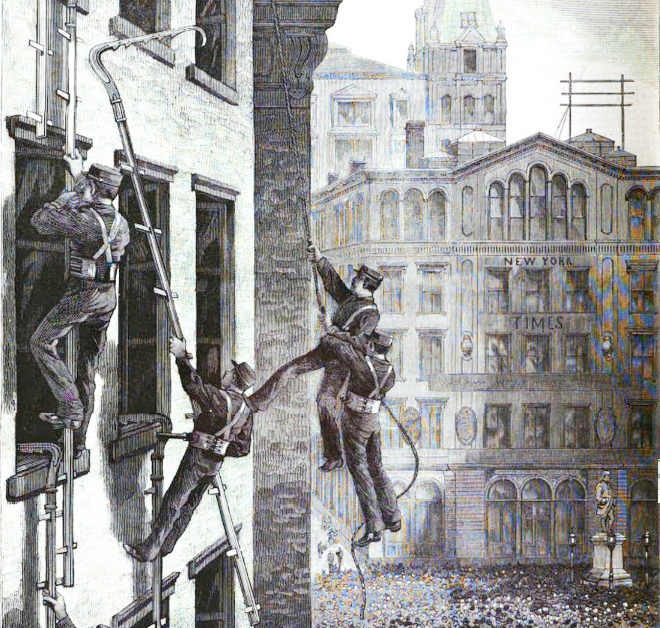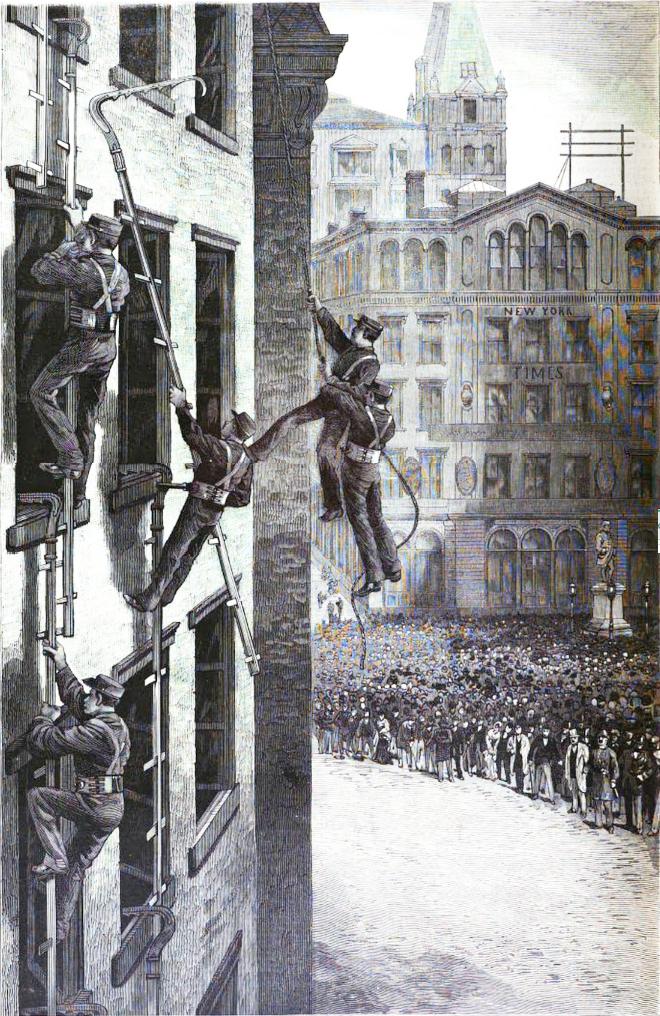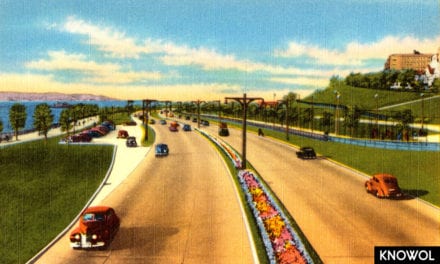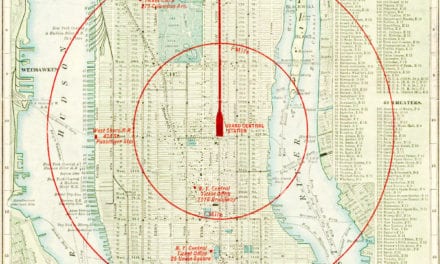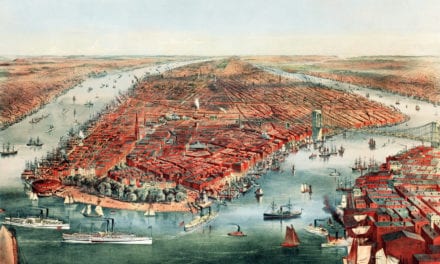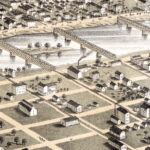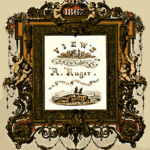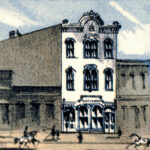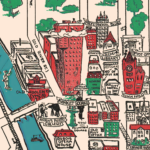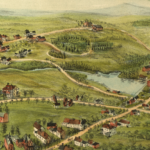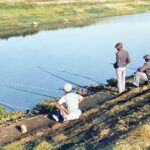This article on New York City Fire Department’s Life-Saving Corps comes from the April 28, 1883 edition of Frank Leslie’s Illustrated Newspaper. The article describes the first public exhibition of the “pompier” scaling ladder.
The pompier scaling ladder was introduced to the FDNY by Chris Hoell, a St. Louis fire captain who also invented the accompanying ladder belt that is still used by many fire departments today.
Using the scaling ladder required not only upper body strength, but a significant amount of courage, as firefighters relied solely upon the strength of the ladder to carry them in and out of burning buildings.
The NYFD Life Saving Corps
“The first public drill of the newly organized Life-saving Corps of the New York Fire Department took place in Printing House Square on April 15th, in the presence of a large crowd of admiring spectators.
The corps was in two gangs of seven men each, under command of Second Assistant Chief Bonner, and under direction of Christopher Hoell, the instructor from St. Louis.
First they brought out twelve scaling ladders and laid them in a row in front of French’s Hotel. The ladders weigh about thirty pounds each, and vary in length from twelve to fifteen feet. The steps are ranged along one central pole. On the top is an arm of iron, which is hooked like the beak of a bird, and barbed on the under side. The ladders are made of hickory and strengthened with Norway iron.
The men, who were young, agile and strong, each had strapped around their waists wide canvas belts which contained a small pickax, a rope slide, and on the front a large spring hook.
At a signal from Mr. Hoell the first gang seized their ladders and placed them against the front of the hotel.
The head man then thrust the hook of his ladder into the window of the first story, and, having secured a firm hold on the sill, climbed up rapidly until he was on a level with the window. He then caught the spring hook at his bolt into the crook of his ladder and was thus held, his hands being left free.
The second man passed up a ladder from below, and the head man lifted it and caught it to the sill of the second story window. Then, releasing his hook, he climbed to the second story, while the second man ascended to the first story.
The other firemen followed in turn with other ladders, and the head man ascended until he had reached the seventh floor. He entered the window there, and all the other men ran up the ladders, which hung in a continuous chain, and disappeared after him.
Mere minutes elapsed from the placing of the first ladder to the disappearance of the last man. At another signal the men climbed out of the windows, and running down the ladders, took stations at the different stories and passed the ladders down again.
Ladders and men were all on the sidewalk in 3 1/2 minutes. The second gang repeated his maneuver in quicker time, going up in 3 minutes and coming down in 3 minutes.
Several other experiments were shown, one of the most interesting being that of a man taking a single short ladder and ascending to the roof without any assistance. He would go to the first window, raise the ladder to the second, climb to that floor, and standing on the window sill place the ladder in the window above him.
Afterwards a fireman appeared at a seven-story window, and came down rapidly on a rope, which was governed by his comrades above.
Another fireman came down on a rope, and governed his descent by a slide at his waist. He took the most remarkable jumps down the side of the wall, and avoided crashing into the windows by spreading his legs so that his feet caught the casings.
A fireman was then lowered from window to window with another man clinging to his waist. Two men, fastened together by hooks, were dropped with great rapidity down the front of the building.
The daring feats of the firemen were loudly applauded by the spectators, and the fire Commissioners expressed themselves as entirely pleased with the drill. It is thought that in a year there will be at least three hundred fireman thoroughly drilled in this corps, and the ladders of the kind shown on this occasion will be placed on every engine in the department.”
Source: Frank Leslie’s Illustrated Newspaper, April 28, 1883, pp 156.

